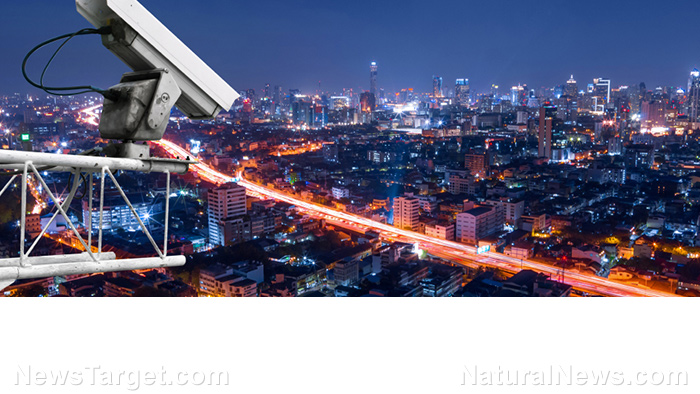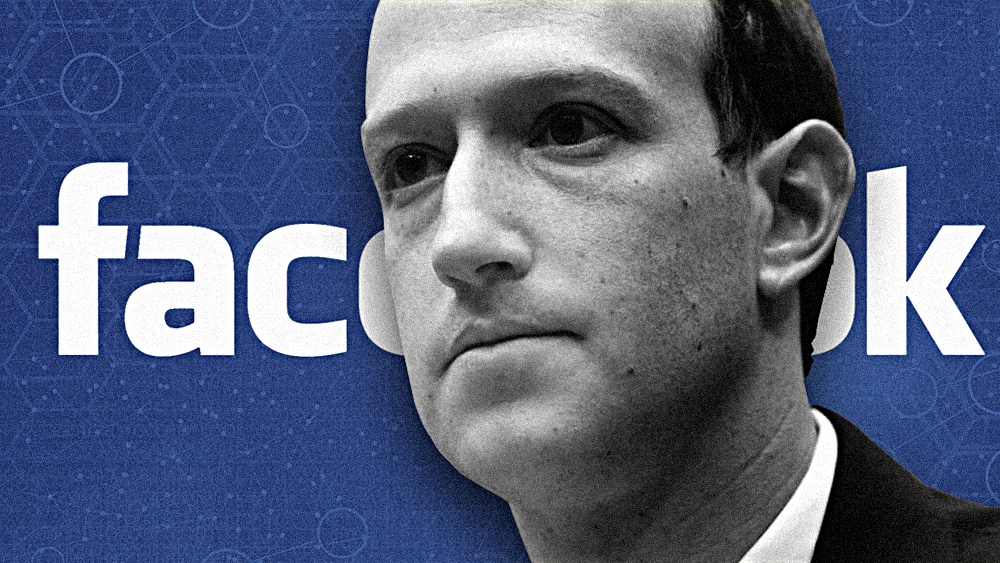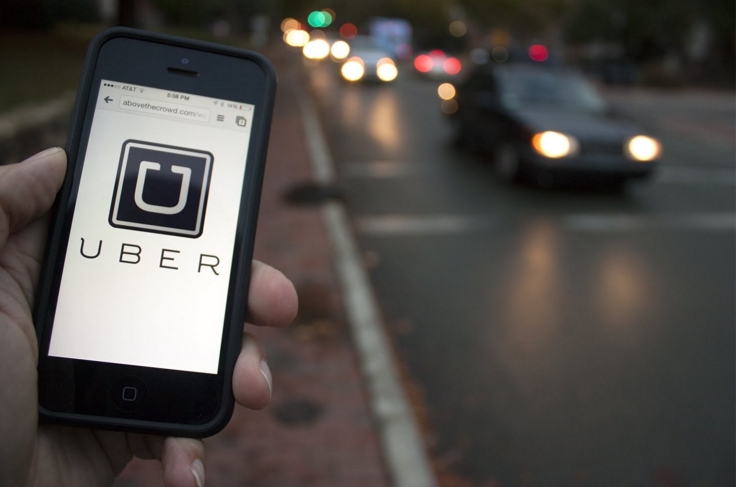Not all it’s cracked up to be: 5G networks won’t solve rural connectivity issues
09/11/2020 / By Cassie B.

There’s a lot of hype surrounding 5G technology, with promises of lightning-fast download speeds and vast connectivity that extends even to those in remote areas. Of course, the potential health repercussions of 5G mean that all that connectivity isn’t quite as desirable as it sounds – and now researchers have found that it isn’t likely to solve those rural connectivity issues after all.
For example, the Daily Mail reports that only 28 percent of the UK will have 5G coverage by the end of 2020, and 23 million are still struggling to get 4G. Even though it was first launched in 2012, 4G remains still rare in rural areas. The rollout’s concentration on cities and suburbs means people living in rural areas won’t even have the option to sign up.
Urban areas such as London and Cardiff will be home to four 5G networks at launch, while Manchester, Birmingham, Edinburgh and Bristol will have three providers. uSwitch has warned that the new networks could take quite some time to hit rural areas in the UK, especially given the very limited range of the technology.
It’s this limited range that is behind some of the health concerns associated with this technology. Last year, hundreds of respected scientists issued a warning about the possible negative health effects of 5G technology on the population. They identified studies in several scientific publications showing that EMF can raise cancer risk, genetic damages, cellular stress, learning and memory problems, neurological disorders and a rise in harmful free radicals. It can also impact animals and plants.
A lot of what we know about these dangers is related to 3G as it has been around long enough to be the subject of more studies. Given how much more intense and faster 5G is, it’s reasonable to expect the damage to be even greater. Washington State University Professor Emeritus of Biochemistry and Basic Medical Sciences Dr. Martin Pall said that rolling out 5G without safety testing “has got to be about the stupidest idea anyone has had in the history of the world.”
5G will be impossible to escape in urban areas
The waves of 5G are ultra high-frequency and are easily absorbed by trees and buildings. This means that while cell towers for 5G will be a lot smaller than those of previous generations, they will also have to be placed significantly closer together, along with mini stations. They can be placed easily on utility poles, street signs, and municipal buildings. Some experts have estimated they will need to be placed roughly every two to eight houses to provide adequate coverage; the ideal range is said to be just 500 feet apart.
5G is reportedly as much as 100 times faster than the 4G currently being used in many places, and proponents claim it will transform how people work, communicate and learn.
However, uSwitch found that just one out of every seven phone users intend to upgrade to 5G in the next year, while just 19 percent think it will improve connectivity.
Many rural areas around the world are at a huge disadvantage when it comes to connectivity, especially in the coronavirus era when in-person interactions are potentially dangerous. While no one really needs to download a full-length 8GB film in six seconds, children in remote areas do need to be connected to their schools during quarantine. All the many promises of 5G technology may never come to fruition for people in these areas, but that could well spare them from the serious health effects of this technology that will be nearly impossible for city dwellers to escape.
Sources for this article include:
Tagged Under: 3G, 4G, 5g, 5g dangers, cell phone towers, cell towers, connectivity, dangerous tech, EMF, England, information technology, mobile devices, priority, radiation, technology
RECENT NEWS & ARTICLES
COPYRIGHT © 2017 INFORMATIONTECHNOLOGY.NEWS




















